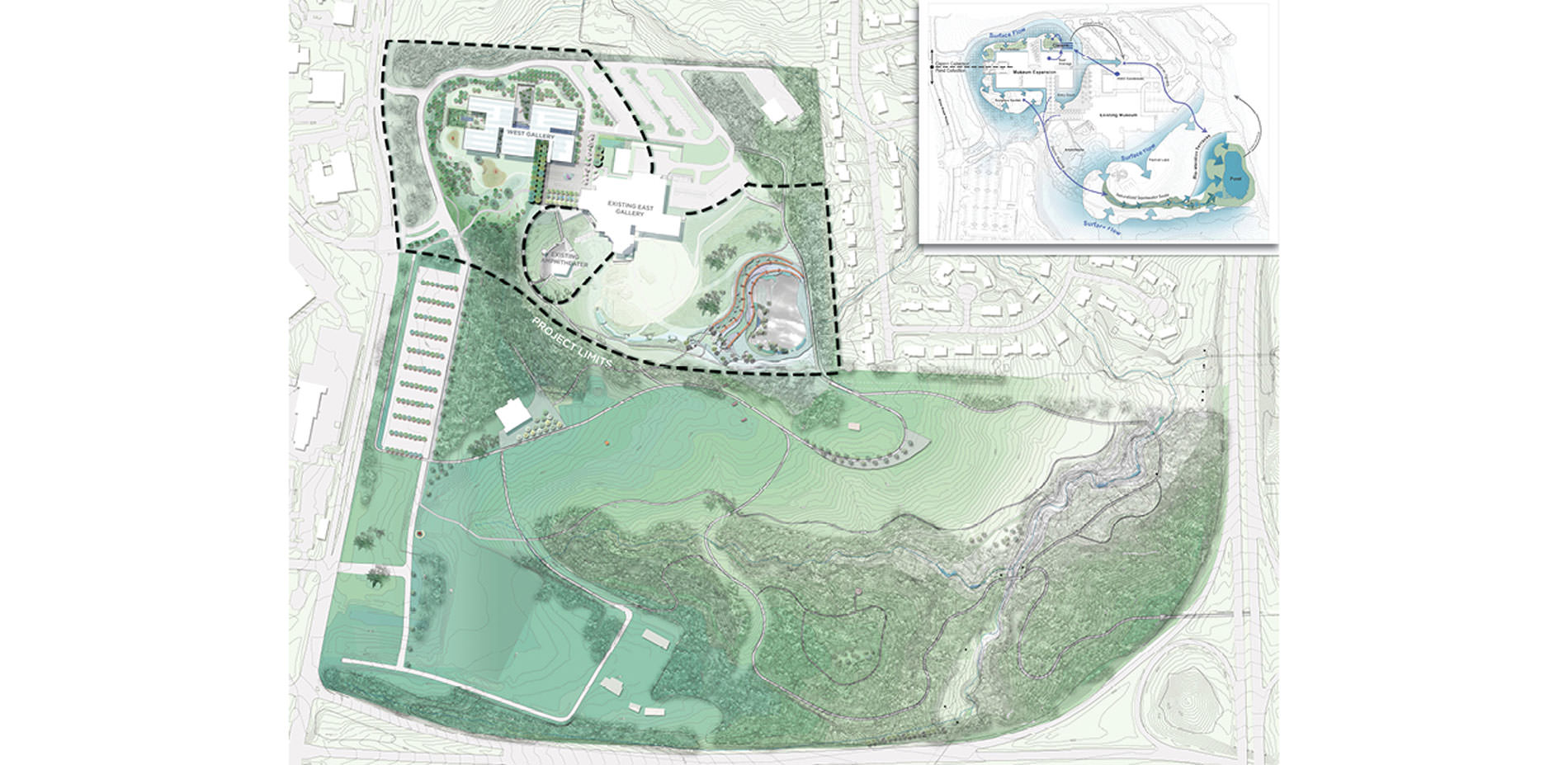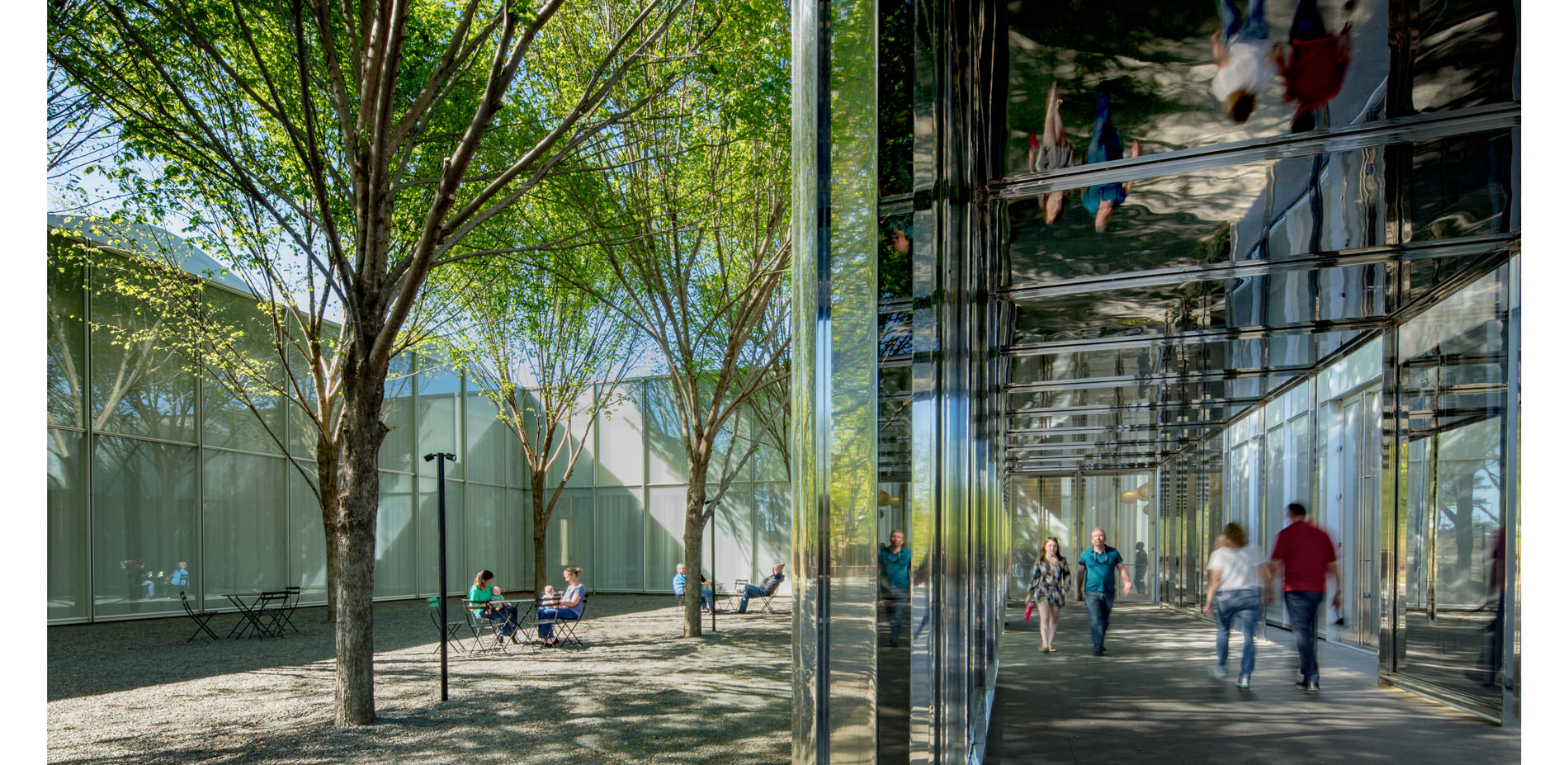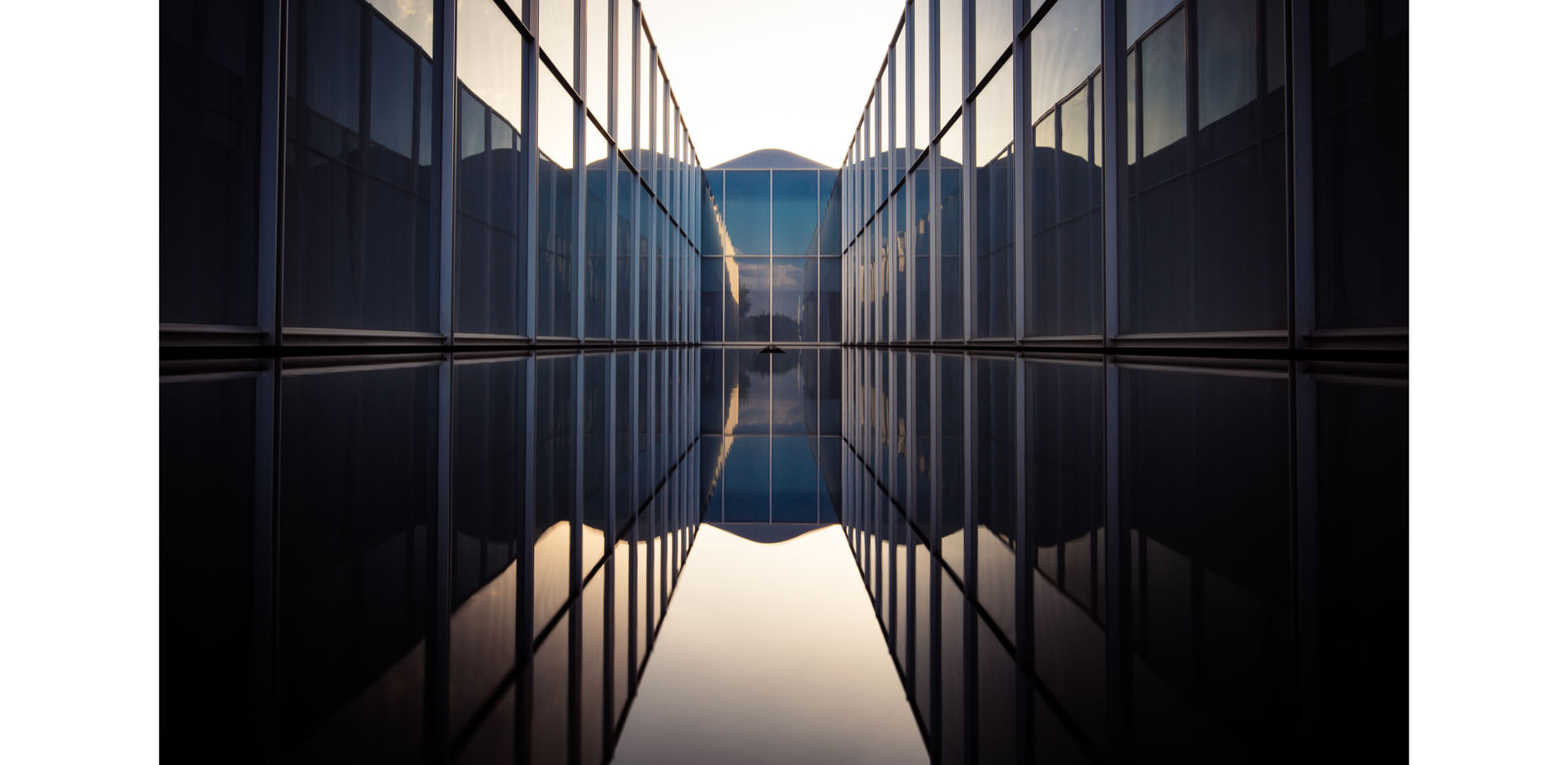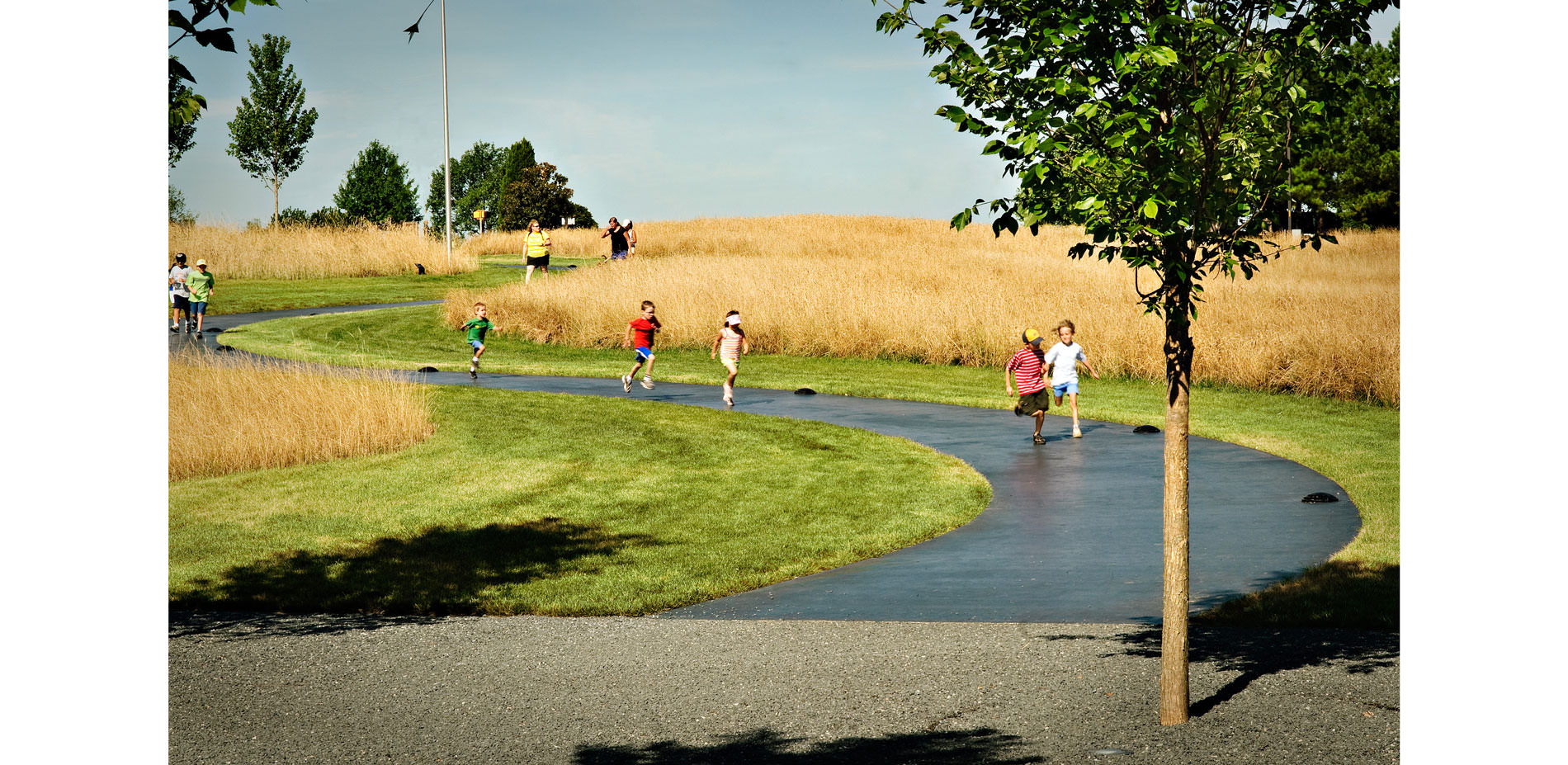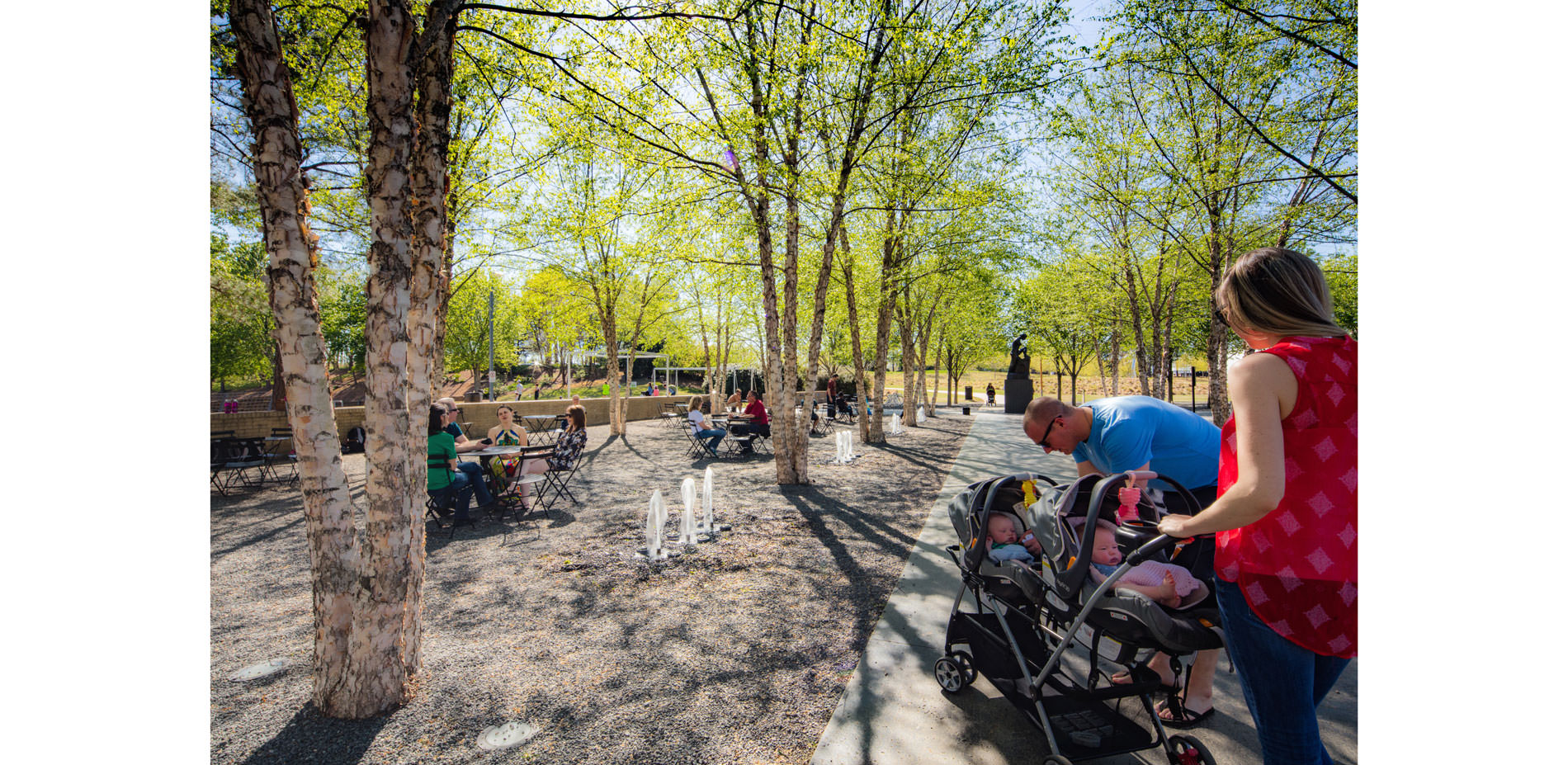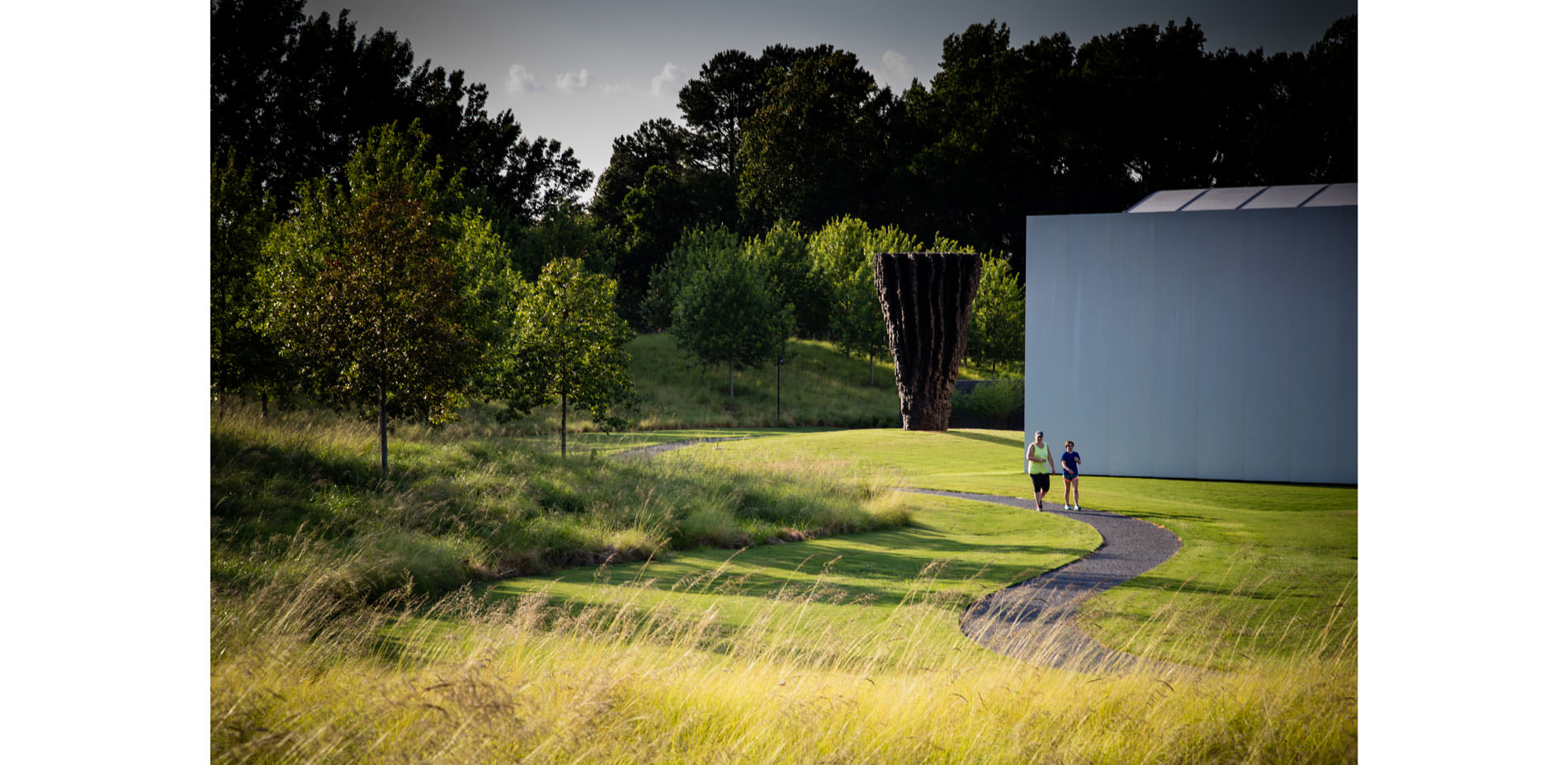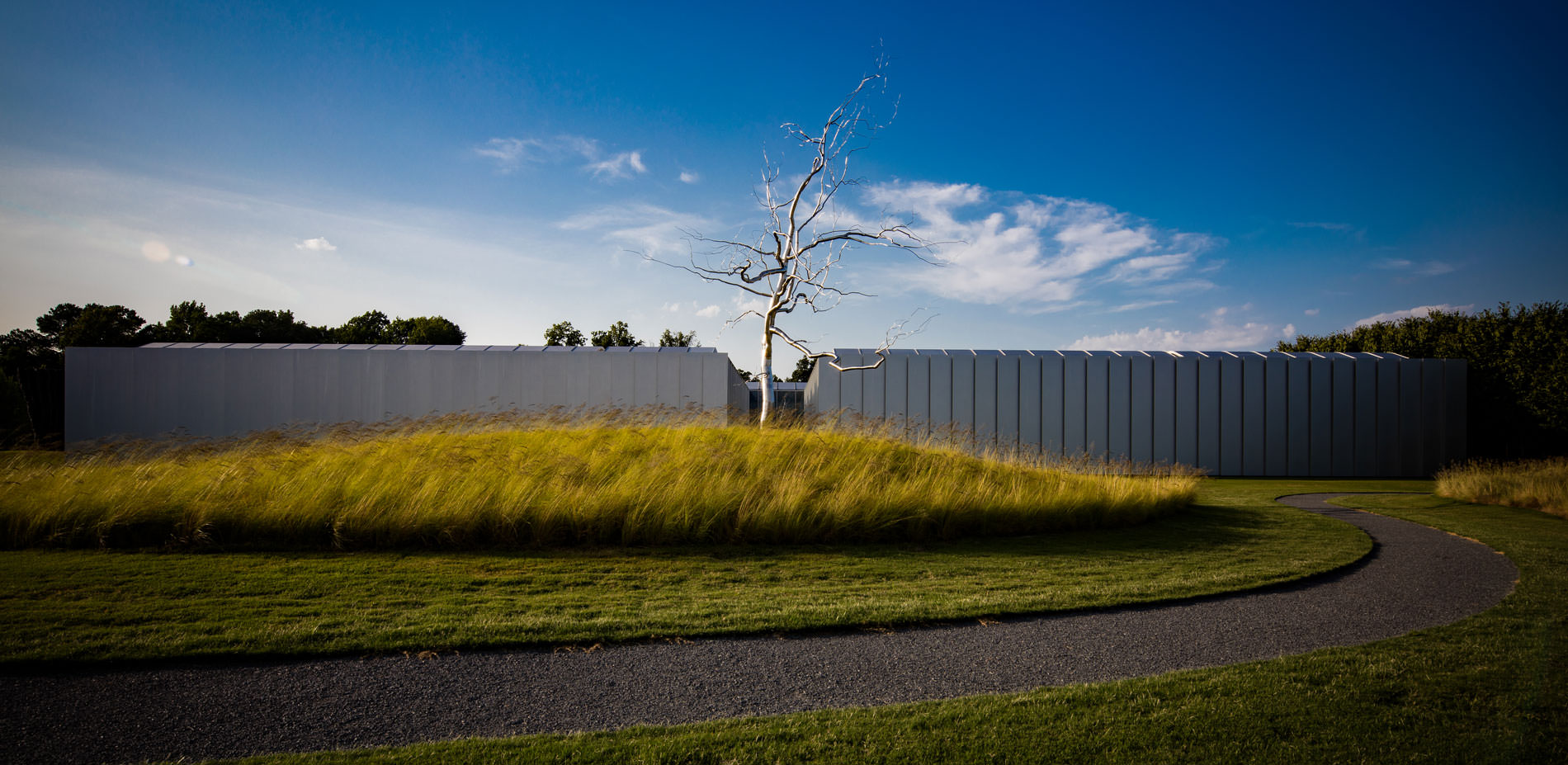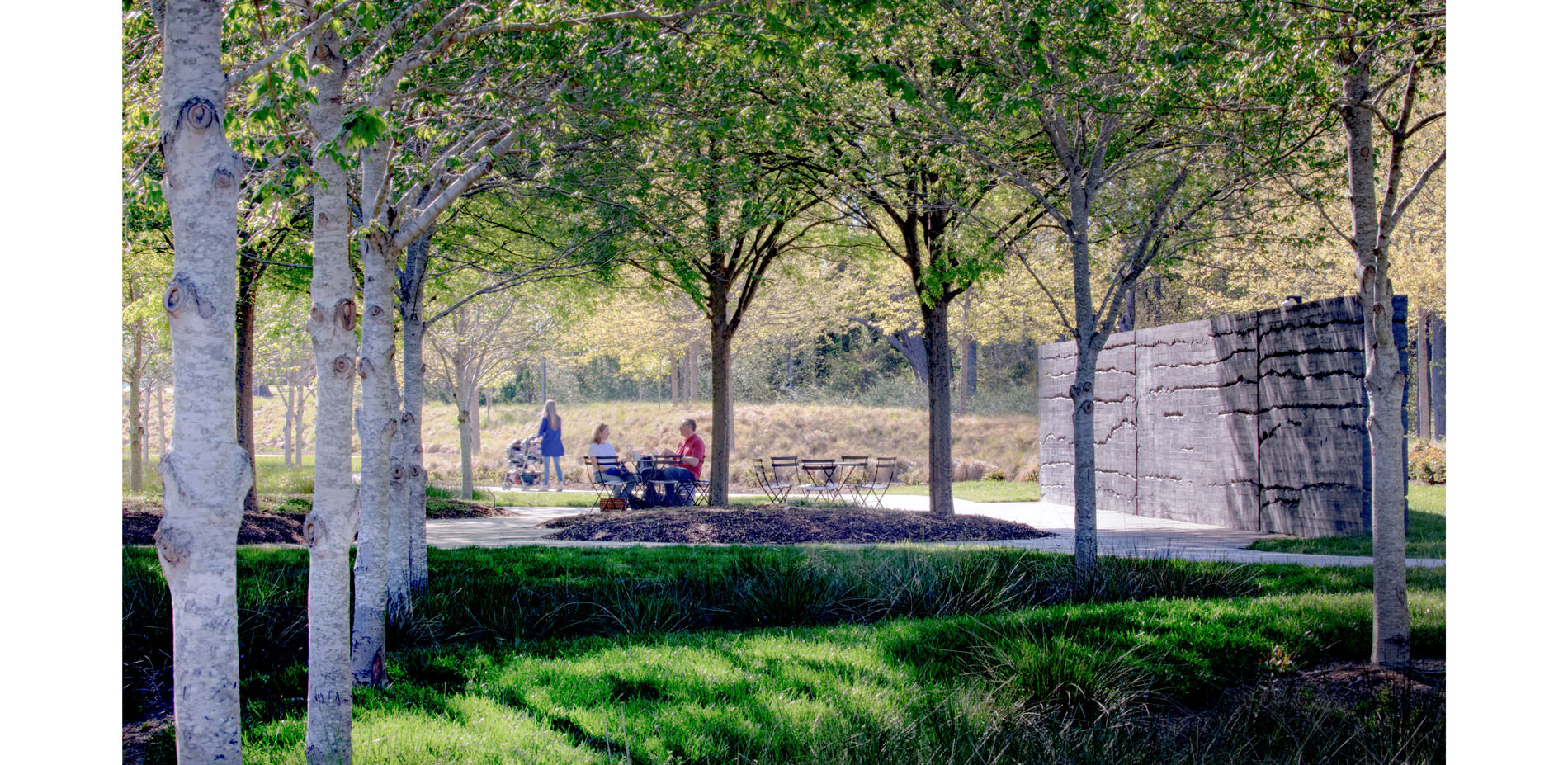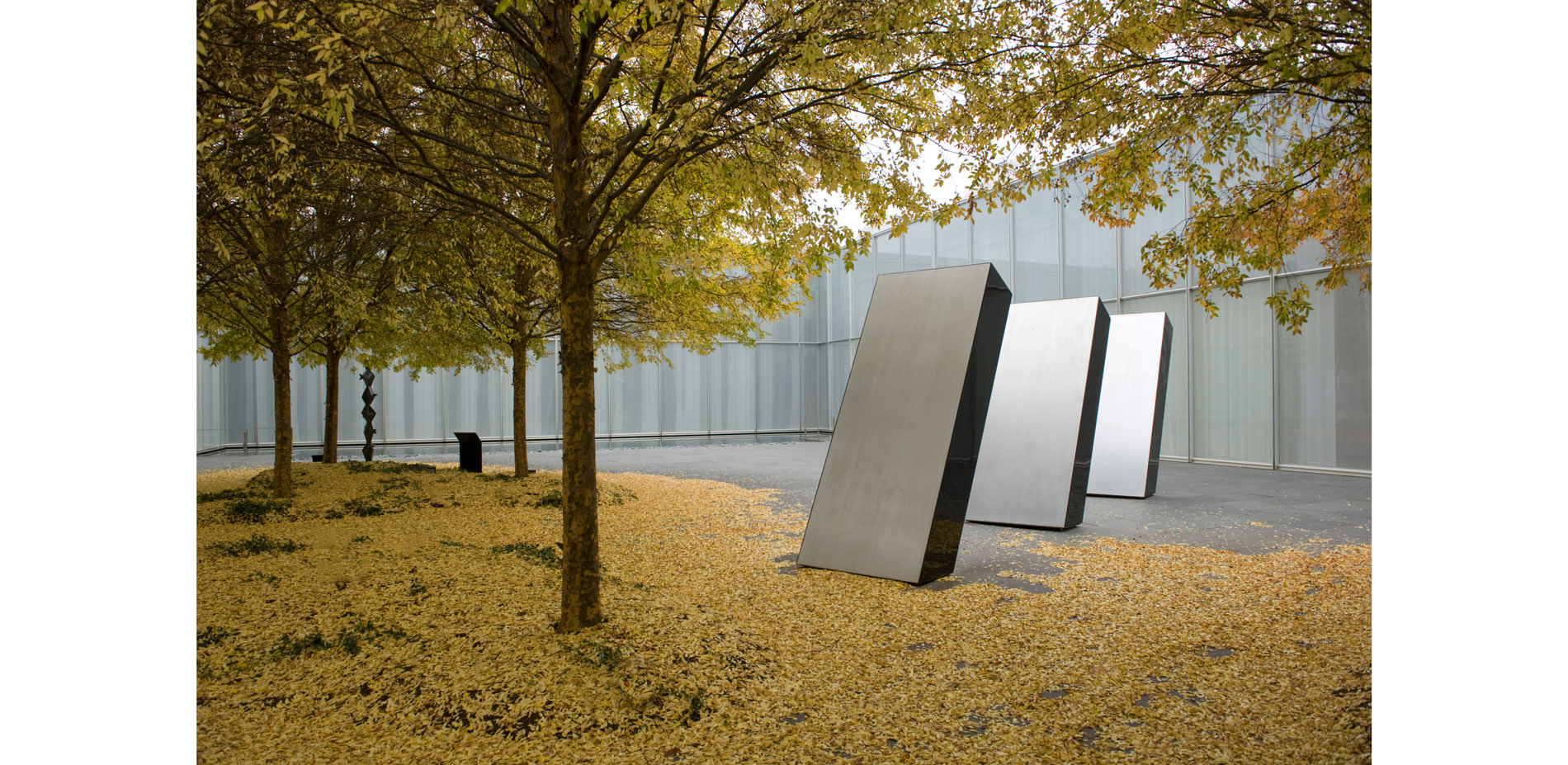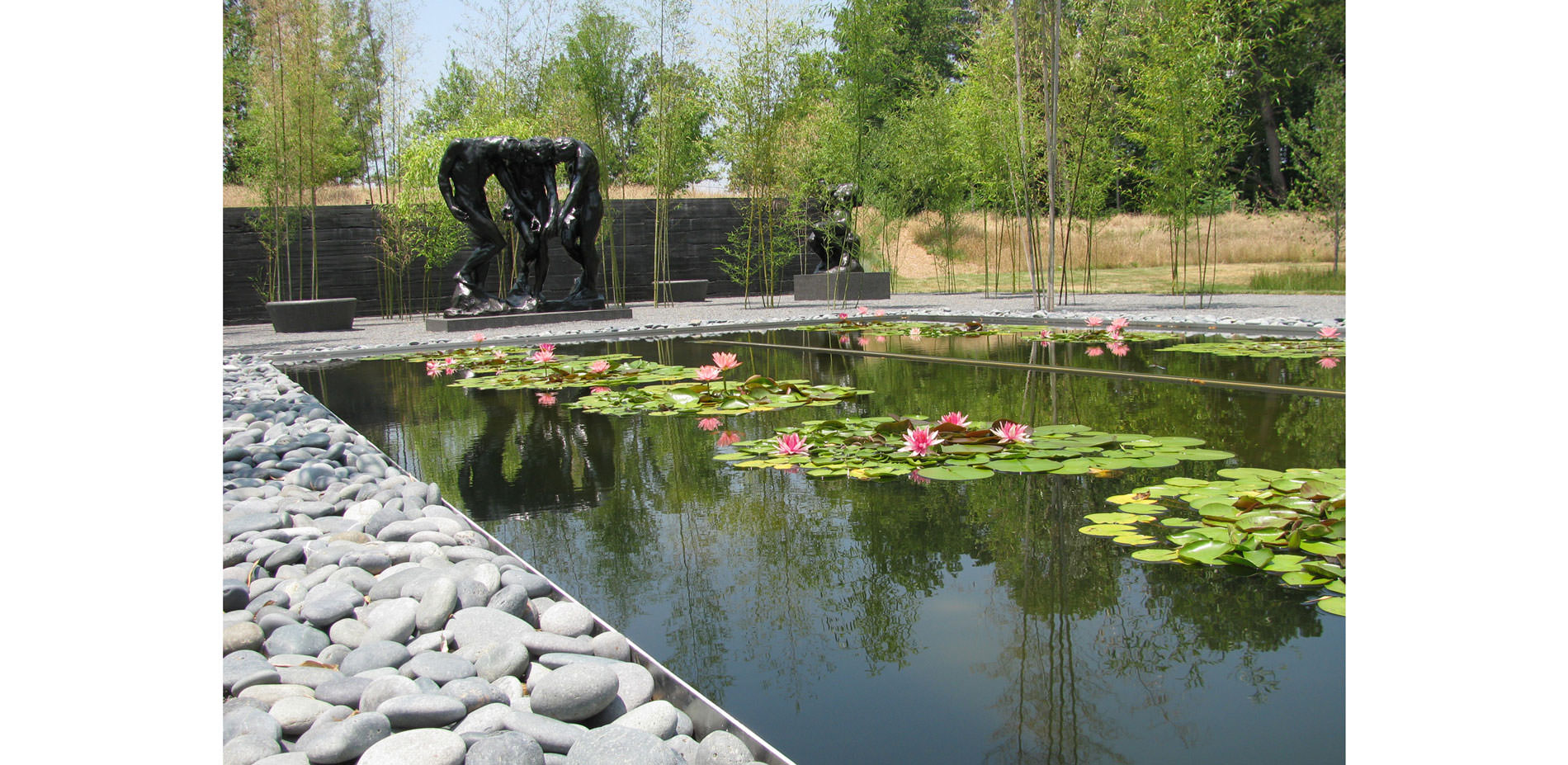Merging Culture and Ecology at The North Carolina Museum of Art
Honor
General Design
Raleigh, NC, USA | Surface 678 | Client: North Carolina Museum of Art
It’s integrated with this incredible greenbelt that goes for miles and miles right into the downtown… The project offers a format that does ecology with art. The art actually talks to the landscape.
- 2017 Awards Jury
PROJECT CREDITS
Lead Designer
- Walter R. Havener, ASLA
Client
- Lawrence J. Wheeler, Director
- Daniel P. Gottlieb, Director of Planning & Design
Architect
- Thomas Phifer and Partners
Architect of Record
- Pierce Brinkley Cease + Lee Architects
Civil
- Kimley Horn
- ArtifexED, Inc.
Contractors
- Barnhill Contracting and Balfour Beatty, joint venture
Mechanical, Electrical, Plumming
- Altieri Sebor Wieber
- Stanford White Associates
Structural
- SOM
- Lassiter Hopkins
Electrical Lighting
- Fisher Marantz Stone
Daylighting Design
- Arup
PROJECT STATEMENT
The North Carolina Museum of Art (NCMA) is situated on 164-acres of picturesque rolling hills in one of the fastest growing urban regions in the country. With its vision: “To enrich lives through the power and wonder of art,” the museum embodies the heart of visual arts and design for the entire state. In addition to extensive interior galleries, the museum has created one of the largest curated art parks in the world. The landscape architect was engaged to develop a comprehensive master plan for the park, as well as the design and construction of this project, which encompasses 28.3 acres of sculpted landscapes, gardens and progressive stormwater features that combine to create a systems-based landscape that celebrates the synergistic relationship between culture, art, and ecology.
PROJECT NARRATIVE
Region + Culture
The NCMA’s core mission is to serve the state of North Carolina. In support of this, the landscape, like the museum itself, has been made free to the public. Combined, the galleries and the art park expose over a half million visitors, tourists, and school children to high quality works of art and design often not found in their own communities. Connecting the museum to the broader region through trails and greenways was an important component of the project. The landscape architect carefully responded to the cultural and natural history of the site and the surrounding community in a way that supports the museum’s goals for outreach, education, and design excellence.
Culture + Art
The project was a major component of an ambitious museum expansion that includes a 127,000-square-foot wing housing new galleries. The building, which Architectural Record named as one of the 125 most important works of architecture built since 1891, has an exterior made up of 50% glass, which facilitates a strong interplay between its interior and the surrounding landscape. The landscape architect supports the primary architectural concept of incorporating natural light into the interior galleries with a series of exterior courtyards that cut into the rectangular form of the building. These spaces effuse an exceptional quality of light and reflectivity, and beautifully blur the line between gallery and landscape. The landscape then transitions into five acres of adjacent gardens that provide an immediate setting for both the building and a series of works by renowned sculptors such as Auguste Rodin and Henry Moore, as well as contemporary works by Roxy Paine and Ursula von Rydingsvard. The design reflects an intentional and disciplined restraint that beautifully situates the sculptures within their context.
Art + Ecology
In addition to the sculpture gardens surrounding the museum, the landscape architect tied together disparate parts of the park with pedestrian connections and an intricate and innovative water management system. At the low portion of the site, a beautiful and functional seven-acre landscape with bioretention terraces, wetlands, lushly planted swales, and a one-acre pond were created to collectively capture, hold, and cleanse all of the stormwater from the developed portion of the property. A design gradient between art and nature was established on the site, with a formal design vocabulary in the landscape immediately surrounding the new galleries transitioning into a more naturalistic aesthetic as one approaches the pond. Within the wetlands, utilitarian elements such as inflow and outflow structures were conceived as works of sculpture that both contrast and fit beautifully within the landscape. Educating people about natural systems and the need to responsibly deal with stormwater became an important part of the project; doing so in a beautiful manner supports both the educational and artistic missions of the museum.
Ecology + Region
The ecological components of the art park, as envisioned by the master plan and developed by this project, go far beyond what had previously been established as best practice in the state. The property holds the headwaters of a creek that connects to a regional system of waterways that suffer from flood-prone conditions and high nutrient levels. By responsibly treating the water before it leaves its site, the new landscape improves the environmental conditions of everything downstream. Through the work of the landscape architect, the museum now leads by example as a model of broad-thinking environmental stewardship for the state and the larger region.
PRODUCTS
Product Sources: DRAINAGE/EROSION
- Hancor, Inc.
- ADS
Product Sources: IRRIGATION
Product Sources: LUMBER/DECKING/EDGING
Product Sources: WATER MANAGEMENT/AMENITIES
- Hancor, Inc. Underground Detention System (water management)
- Hydro Dramatics, Crystal Fountains (fountains)
Product Sources: HARDSCAPE
Product Sources: LIGHTING
Product Sources: OTHER
- Select Trees, Inc. (Trees)
